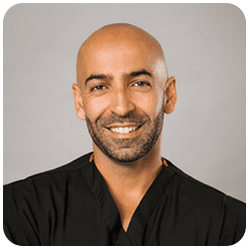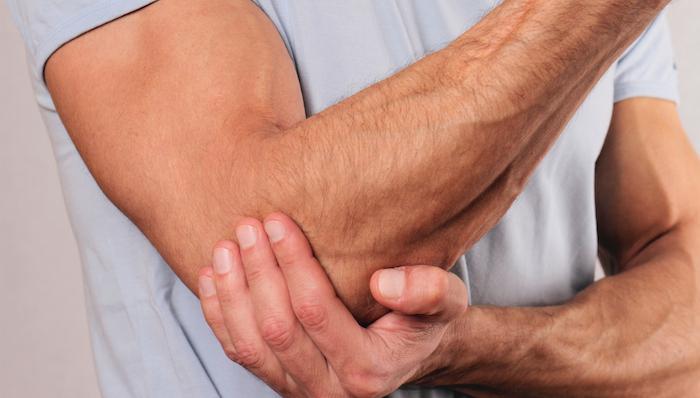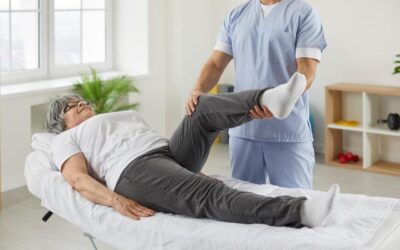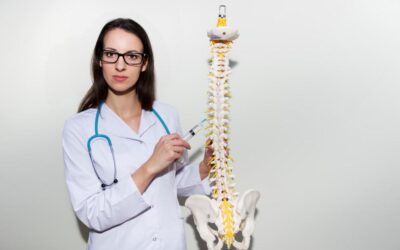As we move into beautiful summer weather, you’re undoubtedly starting to up your participation in your favorite outdoor sports. If you regularly play tennis, golf, or participate in other sports or activities that involve repeatedly moving your forearms this summer, it’s important to look out for symptoms of two painful sports injuries, tennis elbow and golfer’s elbow.
As both of these conditions involve injury to the tendons in your arms, it can be difficult to differentiate between them. Discover from Hasan Badday, MD, a board-certified pain management doctor and sports injury specialist who practices at Pacific Pain & Regenerative Medicine, how to differentiate between and treat these two conditions.
What is tennis elbow?
Tennis elbow occurs when you experience injury to the tendons surrounding your elbow, usually from repetitively moving your arm and wrist. This injury causes pain and tenderness in your outer elbow that sometimes radiates to your wrist and forearm. You might have trouble gripping or holding objects, turning doorknobs, and shaking hands.
While common in tennis players and other athletes, you don’t have to play sports to get tennis elbow. You’re also at risk if you frequently make similar repetitive motions to tennis players by using a computer mouse, painting, plumbing, and cutting meat.
What is golfer’s elbow?
Similarly to tennis elbow, golfer’s elbow causes pain in your elbow and sometimes your forearm and wrist. The inner elbow pain occurs from injuries to the tendons in your forearm.
If you have golfer’s elbow, you might also experience a stiff elbow as well as weakness, tingling, and numbness in your wrist and fingers. This injury is common in anyone who regularly uses wrist or finger clenching movements, which includes athletes such as golfers and tennis players.
What are the key differences between tennis elbow and golfer’s elbow?
While golfer’s elbow and tennis elbow are similar conditions, there are some differences in the way they present. The most important difference is the location of your elbow pain.
If you have tennis elbow, the primary pain is in the tendons in your outer elbow, while your inner elbow tendons hurt if you have golfer’s elbow. You might also get numbness or tingling in your hand with golfer’s elbow, which isn’t typically a symptom you experience with tennis elbow.
What treatments are available?
If you have symptoms of either golfer’s elbow or tennis elbow, it’s important to come to Pacific Pain & Regenerative Medicine to get a diagnosis and treatment to prevent further injury. After making a diagnosis, Dr. Badday develops a specialized treatment plan to heal your injury.
In the vast majority of cases, your injury and pain can be relieved with conservative, non-surgical treatments. To minimize pain and reduce swelling, Dr. Badday often recommends icing the injury and taking nonsteroidal anti-inflammatory drugs (NSAIDs).
Dr. Badday also works with you to develop a physical therapy and massage program aimed at repairing your tendon and relieving your pain. Your program often involves stretches and joint mobilization, which restore the range of motion in your elbow.
To further relieve your pain during treatment, Dr. Badday also offers stem cell injections, a revolutionary form of regenerative medicine that activates your body’s ability to regenerate cells and self-heal your injuries. Like other nonsurgical solutions, stem cell injections are convenient, noninvasive outpatient procedures that take place in Dr. Badday’s office with convenient locations in Los Angeles and Irvine, California.
If you are experiencing symptoms of tennis elbow or golfer’s elbow, make your appointment for evaluation and treatment using our online system or calling your preferred practice location.









